

Large Wood Crusher Drum Wood Chipper Mobile Diesel Wood Chipper Machine
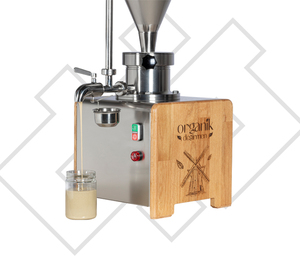
Small Tahini Colloid Portable Almonds Walnuts Pine Nuts Grinder Electric Peanut Butter Maker Making Grain Grinding Machine


Belt Black Whole Walnut Color Sorter Machine To Select Black Walnut In Walnut Cleaning And Processing Line


CCD Intelligent Walnut Color Sorting Machine Walnut Cashew Color Sorting

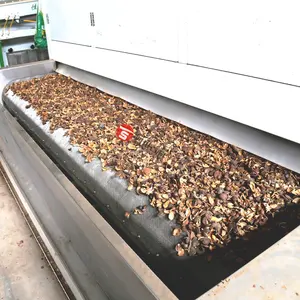
Shouchuang Multifunction Industrial Gas Powered Food Dryer Dehydrator Walnut Pistachio Nuts Drying Machine

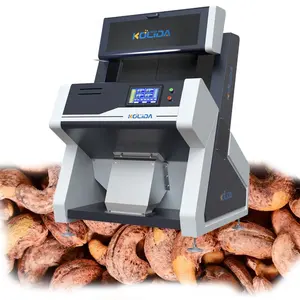
Small CCD Nut Color Sorting Machine Walnut Hazelnut Pine Nut Color Sorting Machine


500kg Sorting Crack Crushing Pine Nut Pistachio Walnut Hazelnut Almond Cracker Sheller Peeling Cracking Shelling Machine
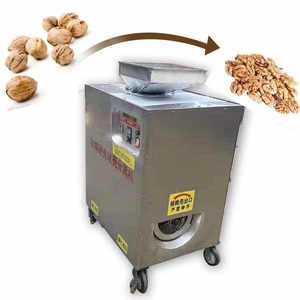
high efficiency walnut kernel peeling machine walnut cracking machine small capacity walnut skin peel machine

automatic almond sheller nuts breaking cracking machine walnut palm kernel hazelnut shell separating machine

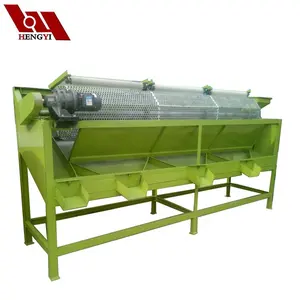
Cashew Nuts Shellers Walnut Cracking Machine, cashew breaking machine, cashew cracking machine
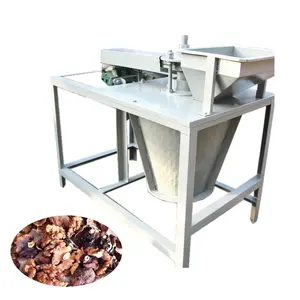
automatic black walnut cracker machine walnut crushing cracking machine

Walnut Shelling Cracking Machine Price Walnut Cracker Huller Sheller Processing Machine Line
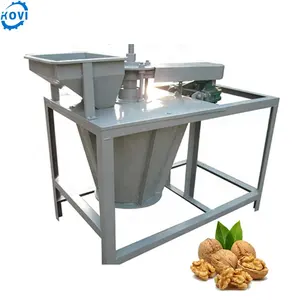
automatic walnut shell crushing cracking cracker breaker machine for sale price
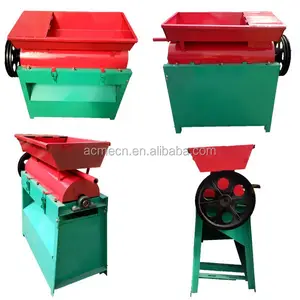
Good selling walnut cracker and sheller walnut shell cracking machine

Automatic Walnut Shell Breaker Removal Cracker Peeling Pecan Nut Sheller Black Walnut Cracking Machine For Sale

Hot selling new design green walnut peeling machine/hard walnut cracking machine

Automatic Electric Macadamia Nut Cracker And Husker Shellling Machine Walnut Cracking Machine

Easy operation high efficiency black walnut cracking machine hazelnut shelling machine almond hazelnut breaking machine
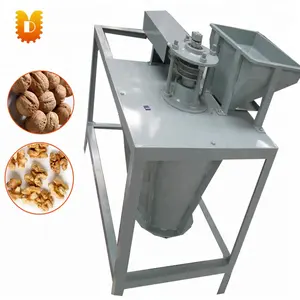
UDHTK-1 Walnut shelling machine walnut sheller cracking machine for nut and fruit
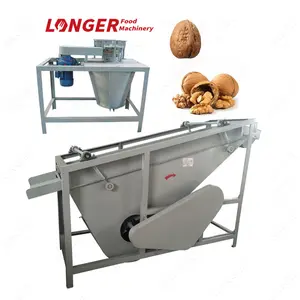
Professional Dry Walnut Cracking Machine and Kernel Shell Seperator/walnut shelling machine

Green walnut skin cracking machine/ green walnut sheller machine/ fresh walnut peeling machine

Small automatic black walnut cracker machine walnut cracking machine

Commercial Walnuts Shelling Machine, Walnut Cracking Machine

JUYOU best selling walnut shell cracking machine walnut cracker and sheller walnuts kernel pistachios peeling machine

Automatic dry walnut cracker walnut shell separating machine walnut cracking machine

Multifunctional black walnut cracking machine macadamia pecan nut cracker kernel and shell separating machine price
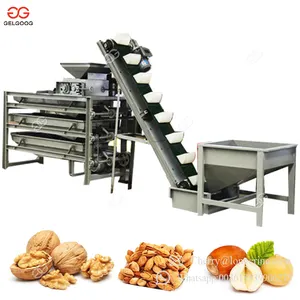
Automatic huller walnut cracker hazelnut cracking apricot kernel shelling Almond Cracking Machine

Durable Electric Walnut Cracking Machine / Automatic Black Walnut Cracker Machine / Small Walnut Shell Crusher Machine
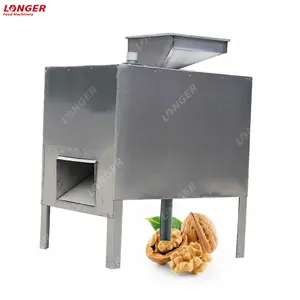
Automatic Walnut Cracker Machine | Pecan Cracking Machine

Dry walnut cracker walnut breaker walnut cracking machine
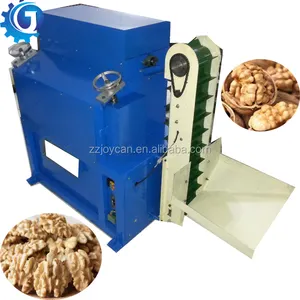
Commercial Pecan Nut Cracking Shelling Hulling Sheller Huller Black Walnut Cracker Machine

Semi Auto Walnut Cracker Machine Dry Pecan Shell Cracking Machine Stable Walnut Shelling Machine

Almond Walnut Shelling Cracking Machine Almond Breaking Machine

Hot sale walnut shelling machine almond cracker hazelnut cracking machine


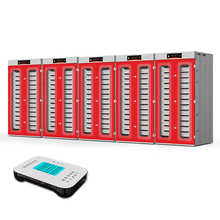
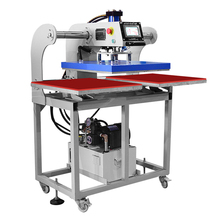
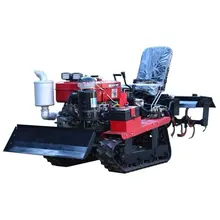


































 浙公网安备 33010002000092号
浙公网安备 33010002000092号 浙B2-20120091-4
浙B2-20120091-4